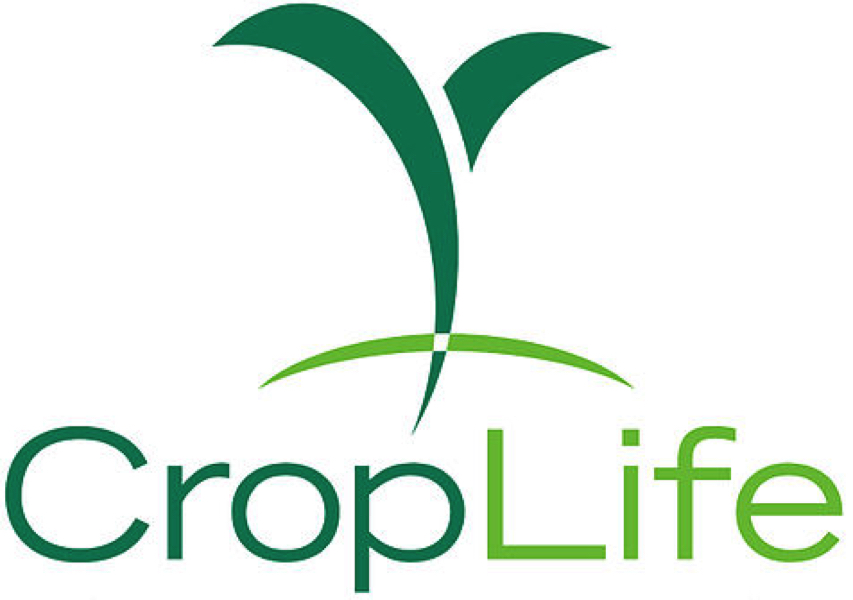Manufacturing of crop protection products is done with a view to protecting both employees and the environment. The chemical industry, from which much of the modern plant science industry evolved, has always had a good safety record, and CropLife International’s members have built on this sound base. Naturally, all regulatory standards are complied with, but the industry commonly takes its responsibilities further and takes part in voluntary initiatives. In addition to assuring the safety of workers, significant improvements have been made in reduction of waste streams and carbon dioxide emissions.

Through adoption of good manufacturing practices, the industry aims to protect its neighbors, its employees and the environment. National and international standards are strictly adhered to, and international standards are adopted (ISO 14000 and 9000 in particular).
We also subscribe to a number of government-sponsored voluntary standards (e.g. the EU’s Eco-Management and Audit Scheme (EMAS) and the US Occupational Safety and Health Administration’s Voluntary Protection Programs) and other industry-led schemes, in particular Responsible Care®. Responsible Care® is a program developed in the late 1970s by the chemical industry to assist companies in improving their environmental, health and safety performance. Participating companies are required to report on performance in a range of areas, including manufacturing.
Responsible manufacturing management systems cover the following main elements:
Steady progress has been made in terms of manufacturing efficiency and reduction of environmental impact. For example, since the 1990s there have been:
CropLife International has produced a number of guidelines to reduce risk to human health and the environment through the adoption of best practices, including to prevent contamination of products (available here). In order to facilitate continued improvement, CropLife International also publishes case studies on Health, Safety and Environment (HSE) incidents that alerts crop protection product manufacturers to the possibility of an incident occurring and ways these may be avoided in the future (available here).
